I carry a rain jacket on 99% of my mountain bike rides. Even if the skies look clear, storms can build unexpectedly in the high mountains. One minute you’re worrying about sunburn, and the next — hypothermia. Even if you don’t end up getting any rain, a jacket can also serve as an extra layer if the temperatures dip, especially at night.
Though I do my best to avoid getting rained on, I got absolutely pummeled by a massive downpour while on a ride in Quebec, which gave me the chance to test the new GOREWEAR Lupra 2.0 rain jacket much more thoroughly than usual!
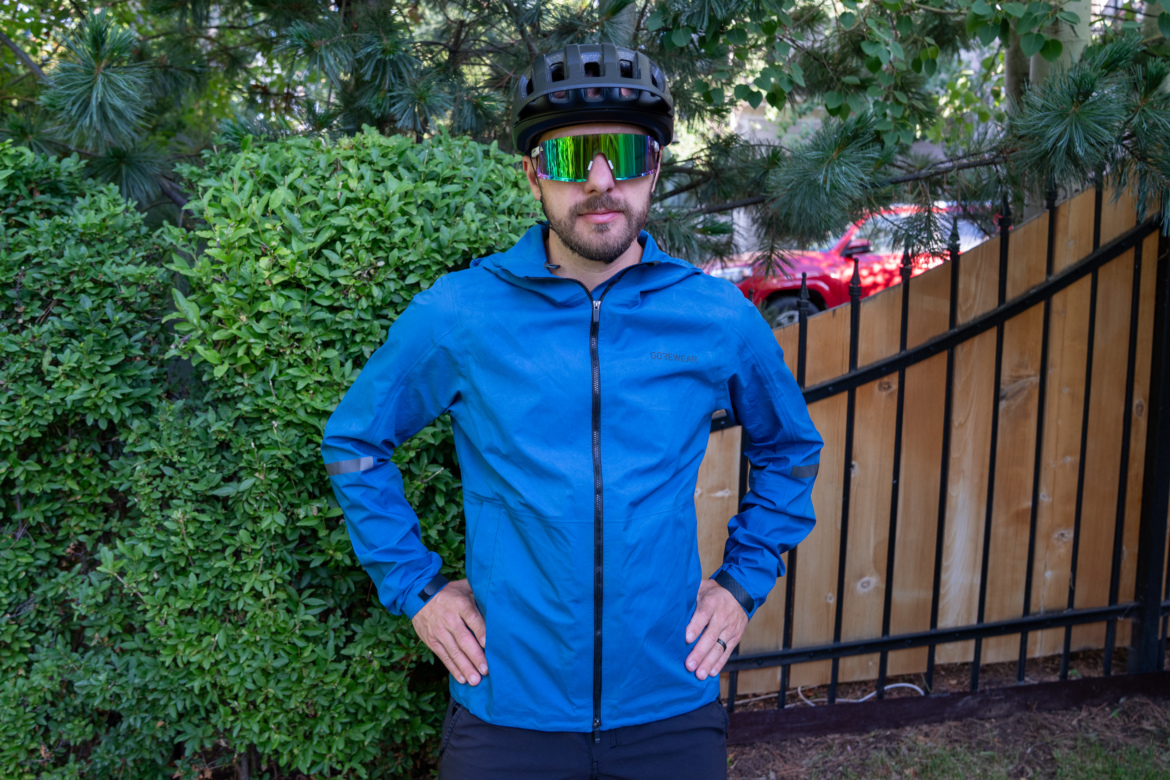
GOREWEAR Lupra 2.0 rain jacket key specs
- 3-Layer GORE-TEX ePE fabric
- Over the helmet hood
- Pre-shaped elbows and shoulders
- Adjustments, including multiple draw cords and a dual-zipper design
- Two zippered front pockets
- Weight: 305g
- Price: $260
- Buy from GOREWEAR
Generally speaking, I tend to carry lightweight, packable emergency jackets on day rides. But for multi-day adventures where I’m guaranteed to encounter some sort of inclement weather, I want a jacket that promises more reliable water resistance without the weight of a burly 3-layer mountaineering shell. In short, I’m looking for a general-purpose mountain biking rain jacket. After a lengthy review of the newest jackets on the market, I settled on the new GORWEAR Lupra 2.0 as one of the most promising offerings.
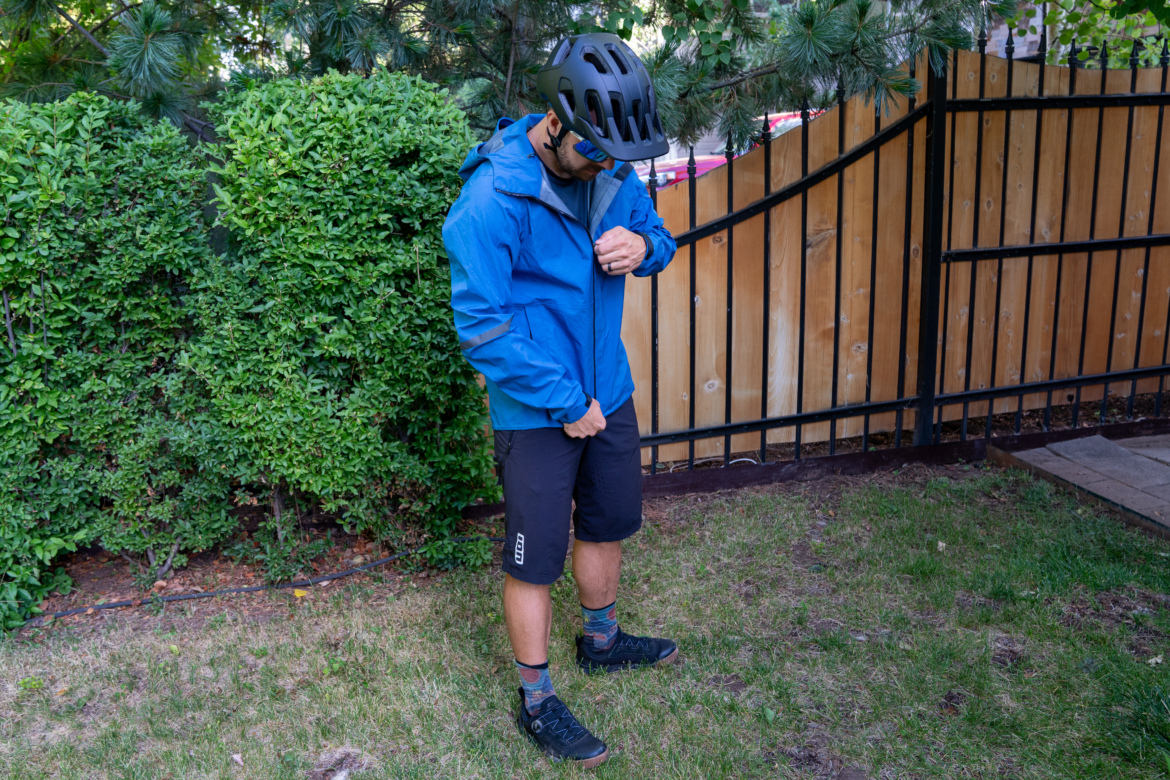
At just 305g, the Lupra 2.0 hits the sweet spot between weight and protection. The jacket comes packed with features that are, in my mind, mandatory for a rain jacket in an expedition setting. For example, it includes a full hood with adjustments that is billed for over-the-helmet use. In contrast, many bike-specific rain shells forgo hoods entirely. The Lupra 2.0 also features two zippered pockets for protecting hands while off the bike or stowing gear while on the go. There are plenty of sizing and fit adjustments, too, and the pre-bent elbows and shoulders mean that the jacket rides comfortably right out of the box.
Share your GOREWEAR Lupra 2.0 rain jacket review
At 5’7″ and 160lbs, I chose a size-medium jacket, but I found the arms to be a tad too long. If I had the chance to try it on first, I might have gone with a small, but with the realization that a small wouldn’t have any room for wearing extra layers beneath it. The medium is a bit roomy on me, but if I ever need to use it over a base layer or two late in the season, I know it’ll fit.
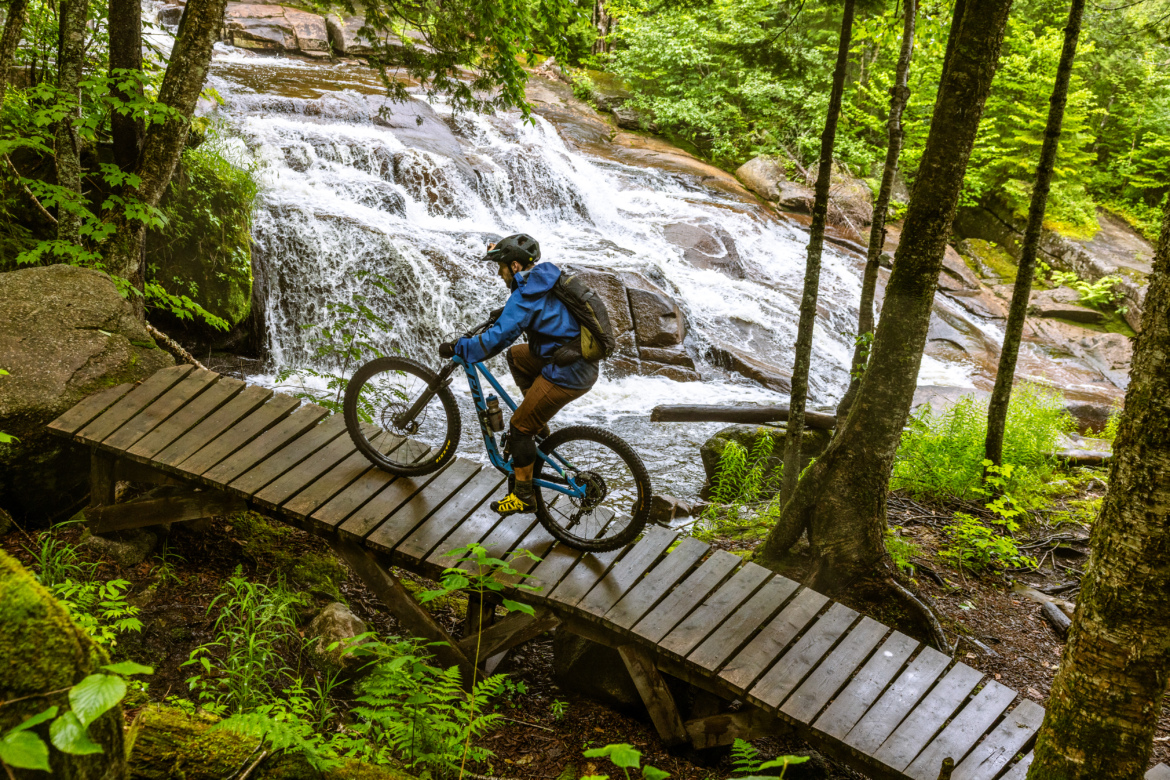
Riding in the rain with the GOREWEAR Lupra 2.0 rain jacket
I was on the hunt for an expedition-friendly rain jacket because my wife and I had a two-week European bike tour planned from Zurich to Brussels, covering almost 700 miles. Despite high temperatures in the forecast, I figured we’d have to pedal through some rain eventually — and we definitely did. Although the Lupra 2.0 is substantially bulkier than my normal emergency shells, the added confidence in the jacket’s waterproofness made it easy to hop on the bike in the midst of a steady drizzle.
However, the real test of the Lupra 2.0 came unexpectedly on a ride in Quebec. We had checked the radar obsessively, and at our 9:30am start time it looked like the rain would roll in at about 3pm — which left us plenty of time to get in a long ride. Imagine our surprise when the skies opened up just 10 minutes after our start, and the rain proceeded to get heavier and heavier, pouring on us for over three hours.
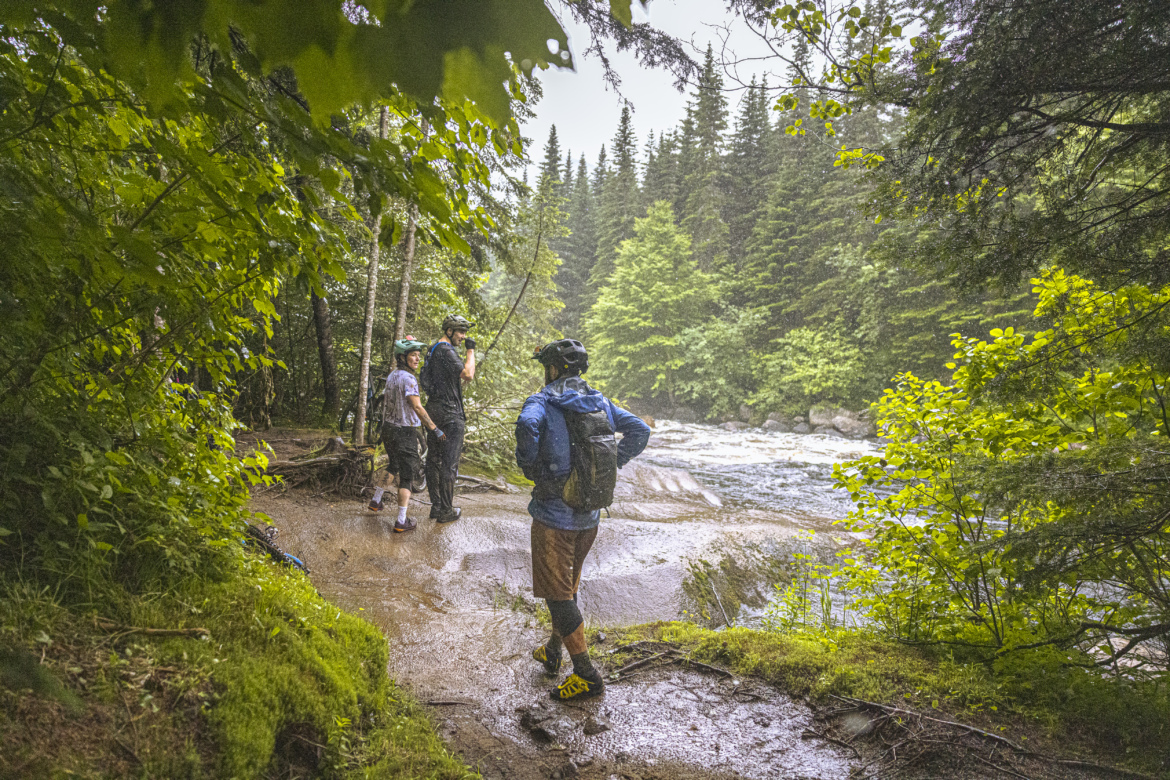
The heart of the storm was an absolute deluge, completely soaking all of my compatriots — none of whom packed a rain jacket. Yes, maybe sometimes I’m over prepared, but in situations such as this one, it felt good to have reliable protection from the onslaught of the storm as we tried to shoot photos… and then eventually abandoned our planned route and headed for the trailhead.
Throughout that downpour, the Lupra performed remarkably well, repelling a couple of inches of rain that pounded down on our heads. While the temperatures were much warmer than they would have been during a comparable rainstorm in Colorado, the 3-layer fabric did a respectable job of remaining breathable, even as I worked up a sweat while pedaling. In such a humid environment, I grew a bit damp inside the jacket, but I still felt much better off than if I had been freewheeling in a jersey. That said, despite GORE-TEX’s claimed breathability, I would have appreciated some pit zips for additional ventilation.

The inclusion of an over-the-helmet hood is admirable, but it falls short in actual practice.
I refuse to pack rain jackets without a hood, especially when heading out on multi-day expeditions in the backcountry. If the skies truly open up, leaving your head exposed makes you feel just as wet as if you weren’t wearing any protection at all. Add in the inevitable water running down your neck, and it can be a recipe for hypothermia in the high mountains.
Consequently, I was impressed that the Lupra 2.0 included an over-the-helmet hood, inspired by mountaineering jackets. I had the chance to test the hood’s usability both on my bike tour and while mountain biking in Quebec.
In actual practice, I found the hood only fit over a road cycling-style helmet without a visor… and then, only barely. If you have a large MTB helmet with a visor, the hood isn’t going to stay in place at any speed whatsoever (although it might stay up and block rain if you’re simply standing around).

Even after cinching the hood down around my road bike helmet, I found that it would only stay in place while climbing at a slow pace. Once the terrain turned flat or downhill, the hood around my neck would catch the wind and get pulled off the helmet, even at moderate speeds. If you’re ripping down a hill on a mountain bike? Forget about it.
While an over-the-helmet hood works well in a mountaineering setting where the speeds are often a snail’s pace, it doesn’t work well with the speed of a bicycle.
After enduring plenty of water running down my neck while riding in Quebec, I eventually shoved the hood beneath my helmet to block the rain. Unfortunately, since the hood is designed to go over the helmet, it doesn’t ride very well beneath due to its oversized nature and the drawstring on the back… but in a real downpour, it will work in a pinch.
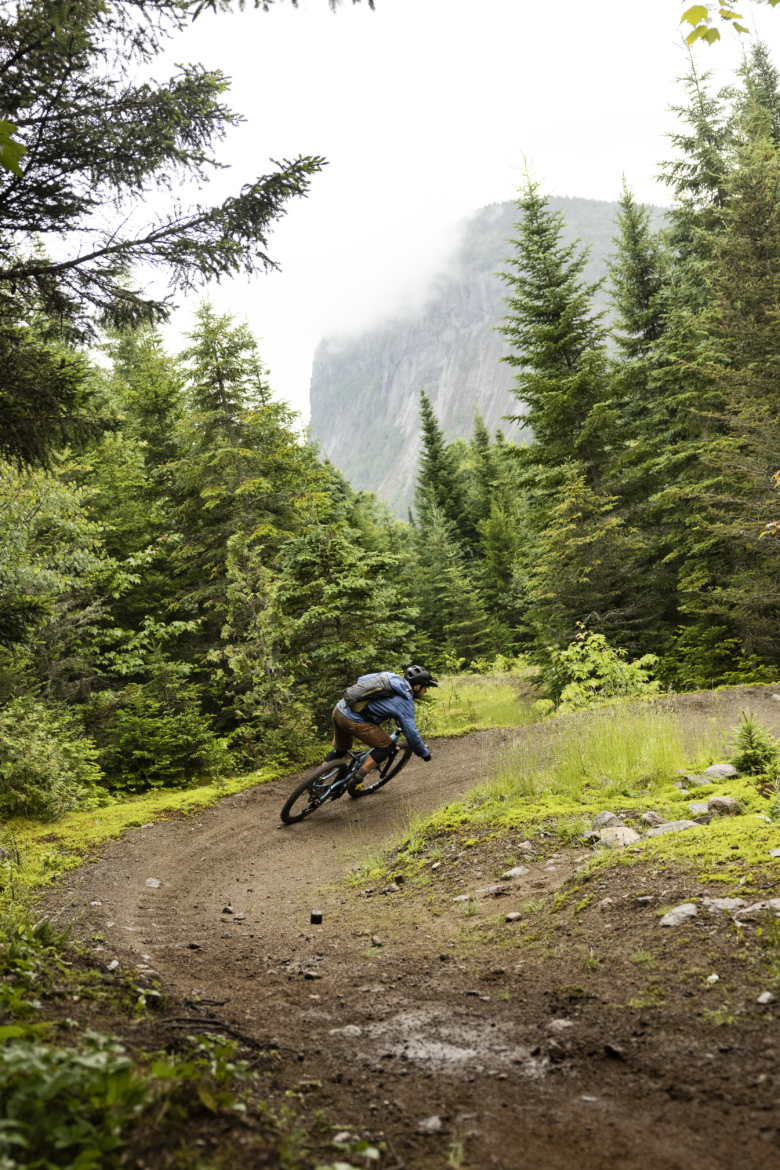
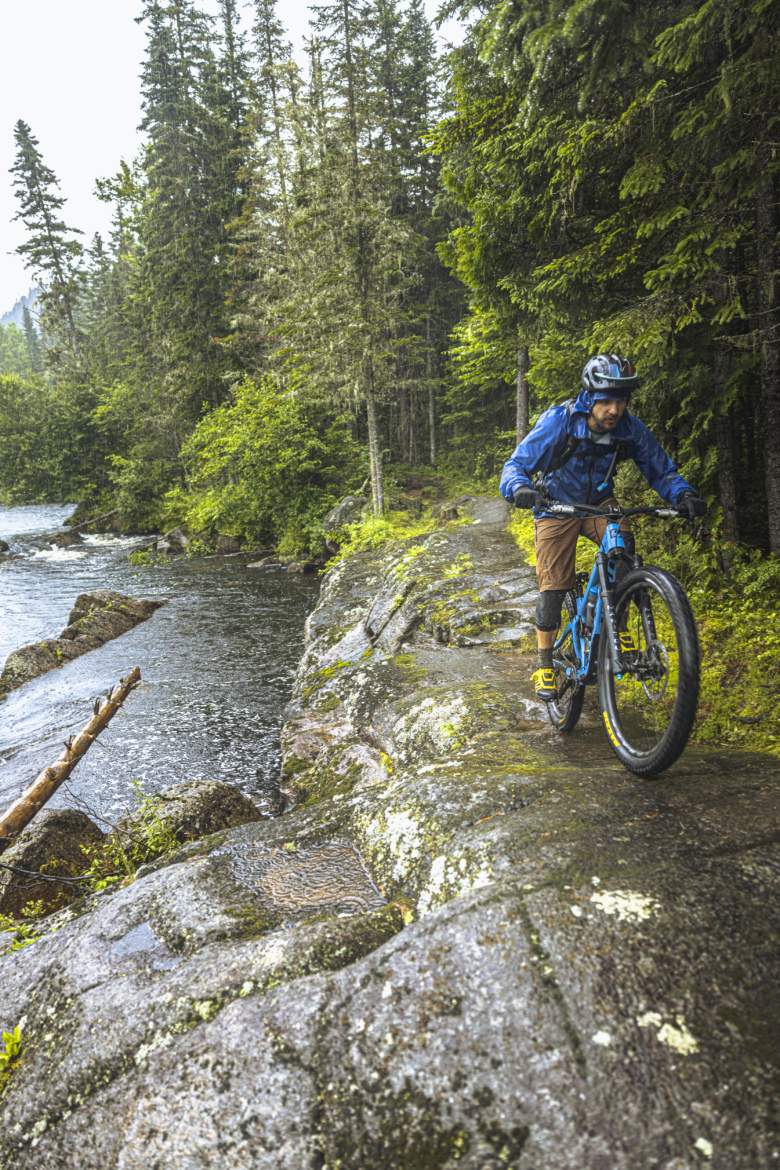
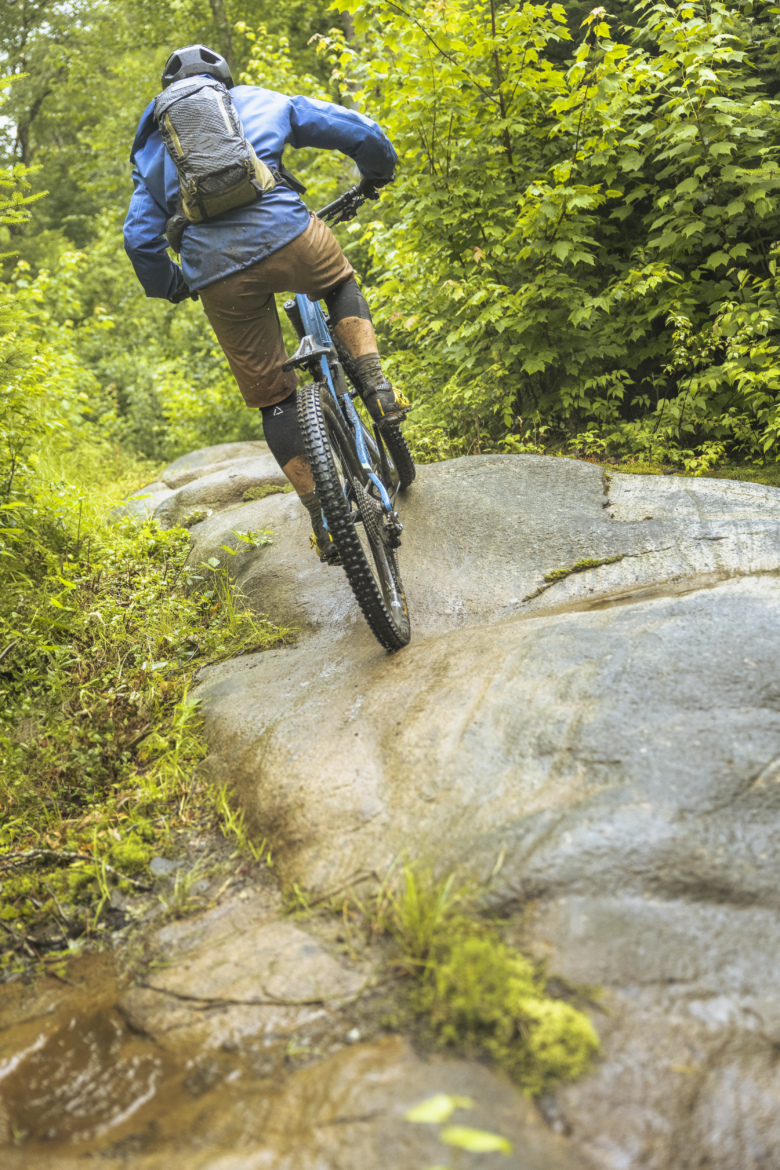
Pros and cons of the GOREWEAR Lupra 2.0 rain jacket
Pros
- Sheds water exceptionally well
- Lightweight and packable for such a high level of waterproofness
Cons
- Over the helmet hood doesn’t work well for MTB
- No armpit ventilation
Bottom line
After surviving an epic downpour in Quebec and several days of pedaling through rain on a two-week bike tour, I found the Lupra 2.0 to offer fantastic waterproofing at a remarkably low weight and compact form factor. While I applaud the attempt at an over-the-helmet hood system, in actual practice, the hood didn’t perform nearly as well as I’d hoped. Gripes with the hood aside, I’ll still plan to carry this jacket on multi-day bikepacking expeditions, as it nails the combination of performance and weight admirably.






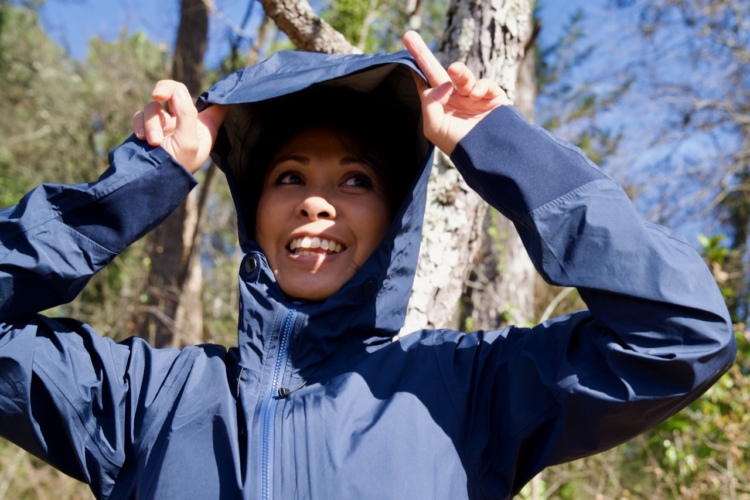

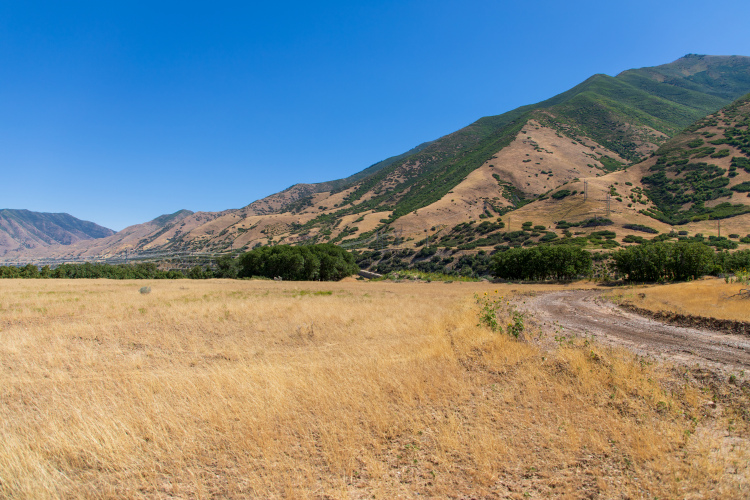
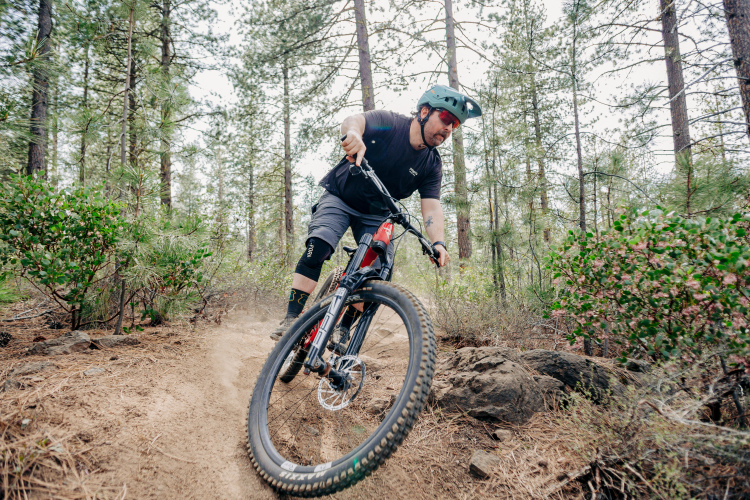
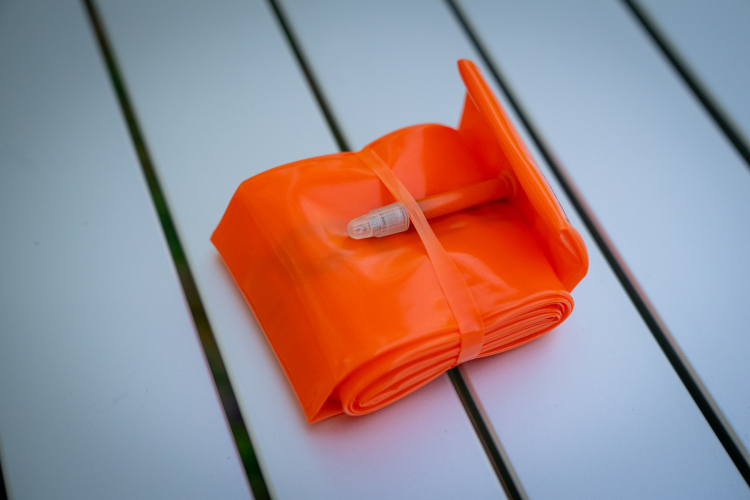

6 Comments
Aug 24, 2025
Aug 23, 2025
Aug 23, 2025
Aug 28, 2025
Aug 24, 2025
Sep 20, 2025